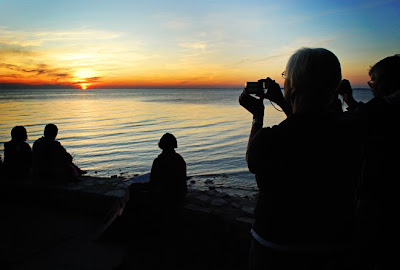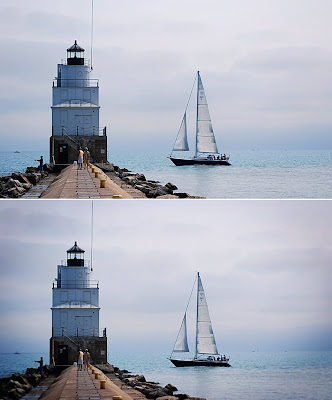How do you photograph?
 It's not what you photograph that sets you apart from other people with cameras, it's how you photograph it. What are you doing to make your pictures uniquely your own? What could a total stranger learn about you merely by looking at the pictures you take? Is it worth knowing?
It's not what you photograph that sets you apart from other people with cameras, it's how you photograph it. What are you doing to make your pictures uniquely your own? What could a total stranger learn about you merely by looking at the pictures you take? Is it worth knowing?The toughest lesson I learned about photography had nothing to do with ISOs, shutter speeds or apertures. It was about the reason I took pictures in the first place and what I was trying to say to the world through my photography.
There's an interesting scene in "Walk the Line," a biopic about the career of country songwriter/singer Johnny Cash. In the scene, Johnny and his band are auditioning for Sam Philips, the head of Sun Records in Memphis. Sam is ready to dismiss the ragtag group, explaining that if you only had one song to sing to the world before you die, would it be something that everyone had heard already, or would it be something that would attempt to help others see things differently than they had before hearing it? Johnny then abandons the old gospel standby and pulls out a little tune he wrote while serving in the U.S. Air Force -- Folsom Prison Blues.
If you only had a chance to make one picture before you pass on, what would you do? How would you do it differently than any picture you've made before? To what lengths would you go to make it?
Now do it.
Photograph © 2010 James Jordan.
Labels: Motivation


 Concert crowd got you down because they're blocking your view? Rise above them. High fence between you and your sunbathing neighbor? Um, never mind.
Concert crowd got you down because they're blocking your view? Rise above them. High fence between you and your sunbathing neighbor? Um, never mind.



